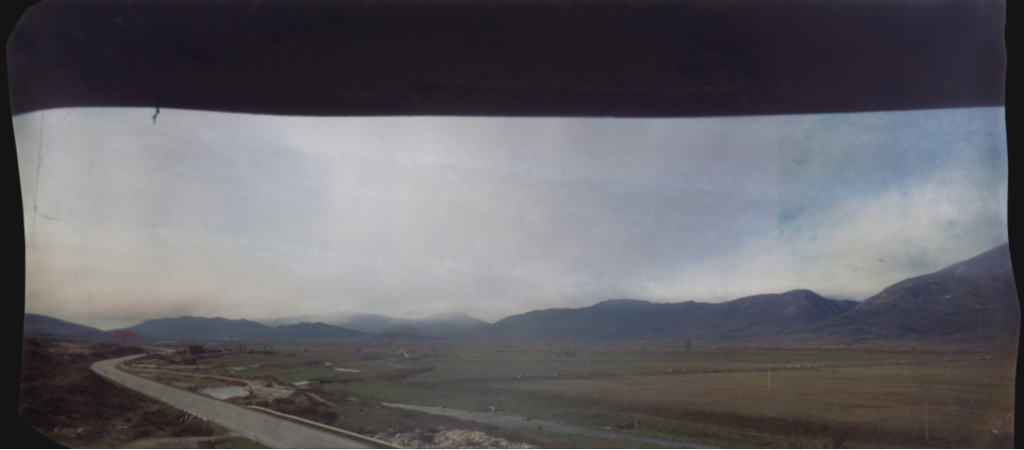Recent discourse has given way to a renewed interest in ideology and a renewed discussion of ideologies. In 2020, the since dethroned President Trump famously declared anti-racist Black Lives Matter, as well as anti-fascists or Antifa, as “the real fascists”; in response, perhaps we asked if we were inside or outside of an ‘upside down version of reality’. And yet, Trump was not sent from outer space. He was elected by a population existing within a social system riddled with social contradiction and devastation. One effect of these recent events has been to show that history did not end. The big ideologies: nationalism, fascism, socialism, communism, liberalism, capitalism, anarchism etc., seemed to crawl from the seabed of a so-called post-ideological world to leap directly into the waves of mainstream discourse.
Ideology exists in many outfits and definitions. T. J. Clark has described it as 'those systems of beliefs, images, values and techniques of representation by which particular social classes, in conflict with one another, attempt to ‘naturalise’ their own special place in history’. Such processes of ‘naturalisation’ have been used to justify the historical violences of imperialism and colonialism, fascism, genocides, apartheids and all of their afterlives that make up our present. Much earlier, in The German Ideology (written, 1846) Marx writes, ‘If in all ideology men (sic) and their circumstances appear upside down as in a camera obscura, this phenomenon arises just as much from their historical life process as the inversion of objects on the retina does from their physical life process.’ Anna Kornbluh describes Marx’s use of the architectural construction, the ‘dark room’ of the camera obscura as a way to show how a certain formalism in nature instigates processes of social contestation of given forms. These early experiments in projection produced inverted images on the walls of the chamber. Kornbluh continues, ‘Ideology is image-production through physical processes of refracted light and enclosed space; its inversions and distortions arise naturally, socially, and physically.’ In this sense, we encounter the idea that ideology follows a mechanical process, it demands that we investigate how all representations, inversions and projections are mediated and how material reality is, to use Kornbluh’s idea, itself contingent and formed.
This seminar, which is connected to the Integral Design Studio: Flowers (Not) Worthy of Paradise, takes the semester-thema of ‘unlearning’ as the conceit through which to consider ideology today. Ideology, then, stands as a kind of mechanism or dispositif through which all that we aim to unlearn is, on one level, perpetuated. We will inquire into how the image of nature and the nature of the image can enable a deeper understanding of some of the more insidious aspects of the present. We will look to Ariella Azoulay, who writes: ‘Under imperial temporality, the violent processes of impoverishing and dispossessing people (mainly, but not only, nonwhite people) are obscured by the ideology that poverty is a state, an attribute of such people, who require, at best, rescue.’ Here, ideology is filtered through photography, manifest in 'documentary photography', the state sanctioned medium of the ‘news’ and the mediator of the fictitious narrative of rescue.
We will unfold the concepts of ideology and unlearning in relation to each other, asking: can ideology be unlearned?, and, what is unlearning without an adequate concept of ideology? We will also directly relate this to art and architecture, asking how each produces and ‘naturalises’ a system of beliefs and values; we will consider how these relate to the existing material processes of society. What is the topology of ideology? What do surface or depth stand for? Can we differentiate reality from ideology? Finally, can we speak from, or critique from a place outside of ideology, how does non-ideology transform into ideology?
